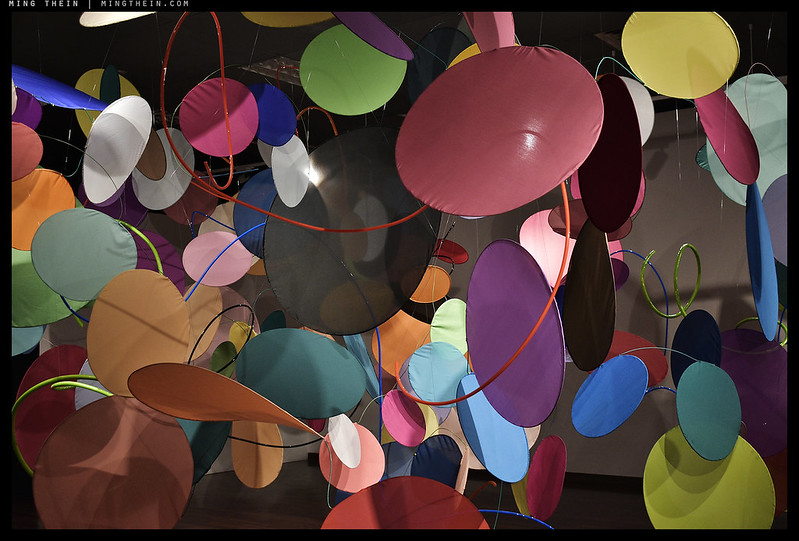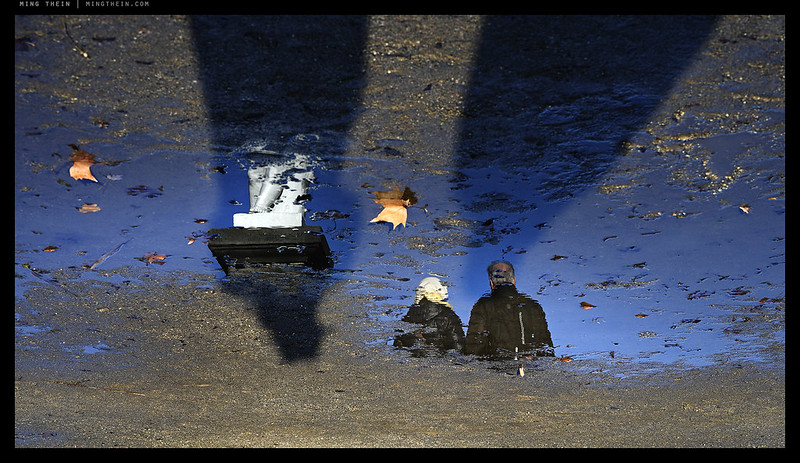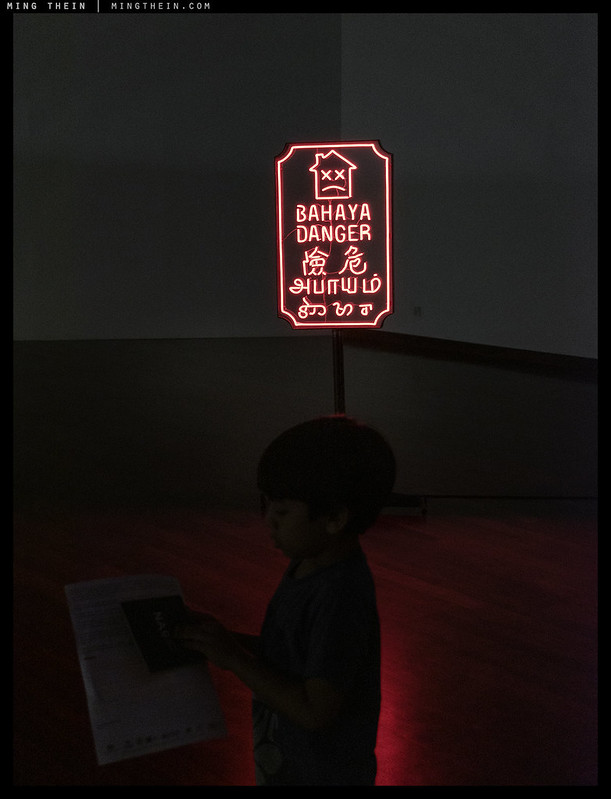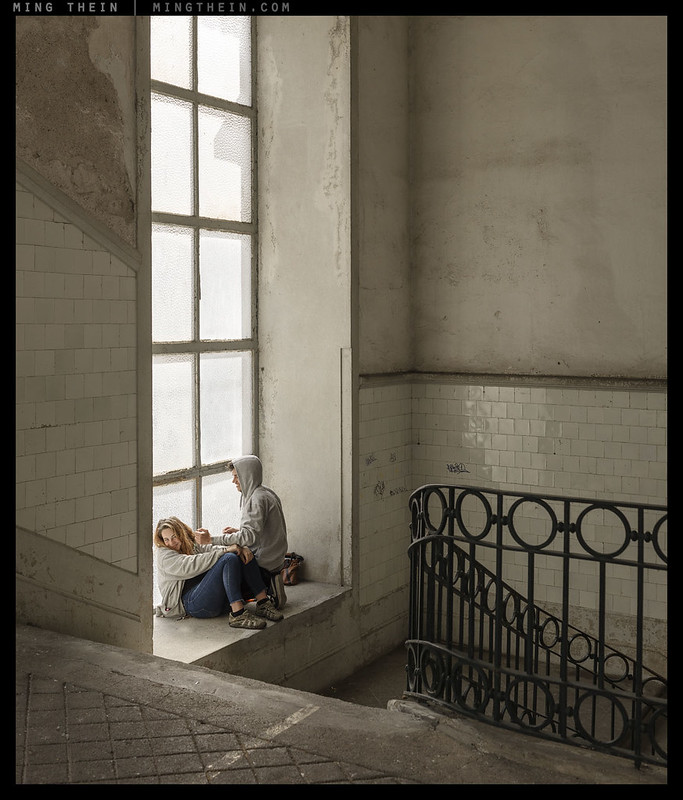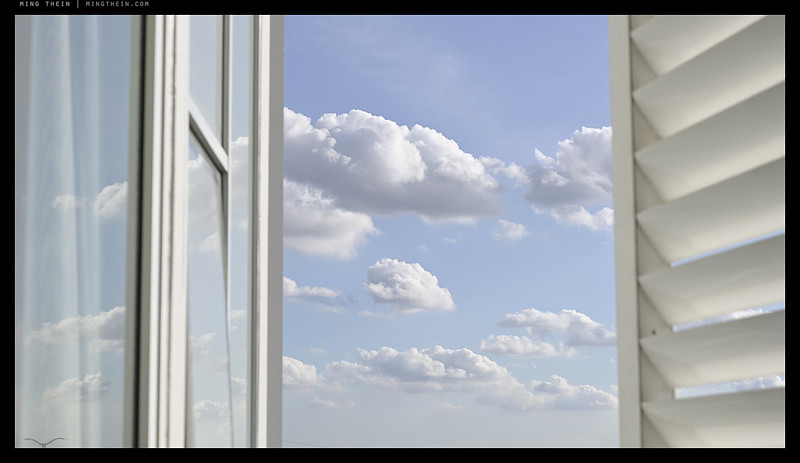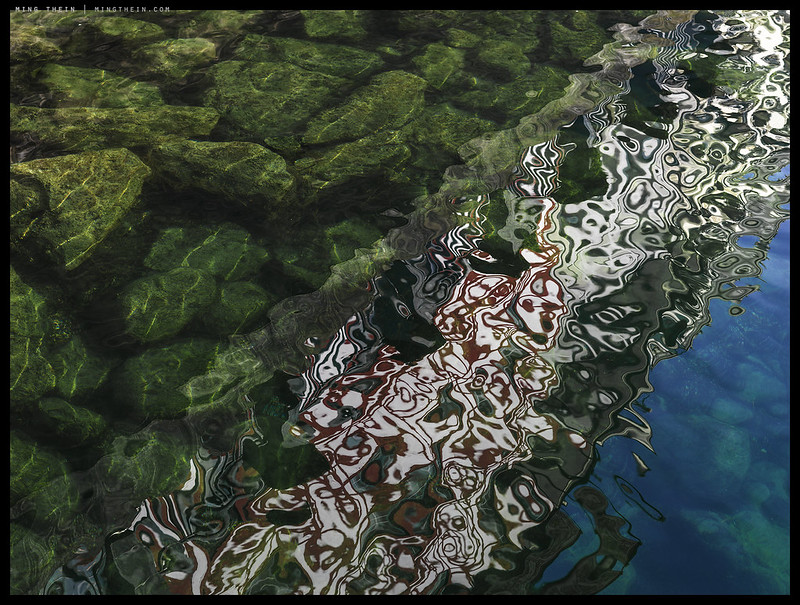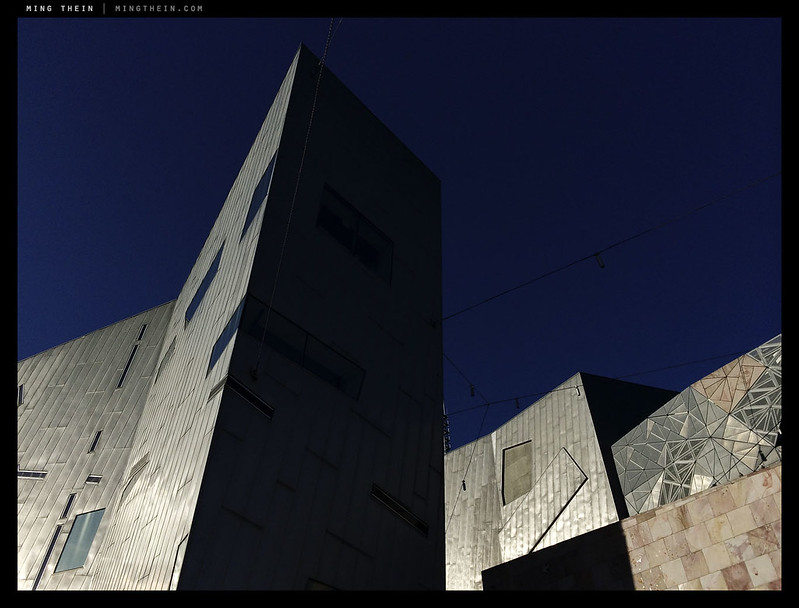
Today’s repost is specifically intended to cue up your design sensibilities in advance of the next two photoessays, and put into context why I find these things so darn fascinating.
Some of you probably know that beyond photography, I’m involved in design work on two fronts – as lead designer at Horologer MING, my watch brand, and as a consultant at Hasselblad. There is a popular misconception that design is mainly about a few things: style, function/ usability/ UI/ ergonomics, and differentiation. In reality, design is really about making a set of coherent choices in an environment where there are choices to be made I’d argue that beyond and above this, there’s really only one overarching principle that should be the basis of all good design: I think of it as one of composition.
